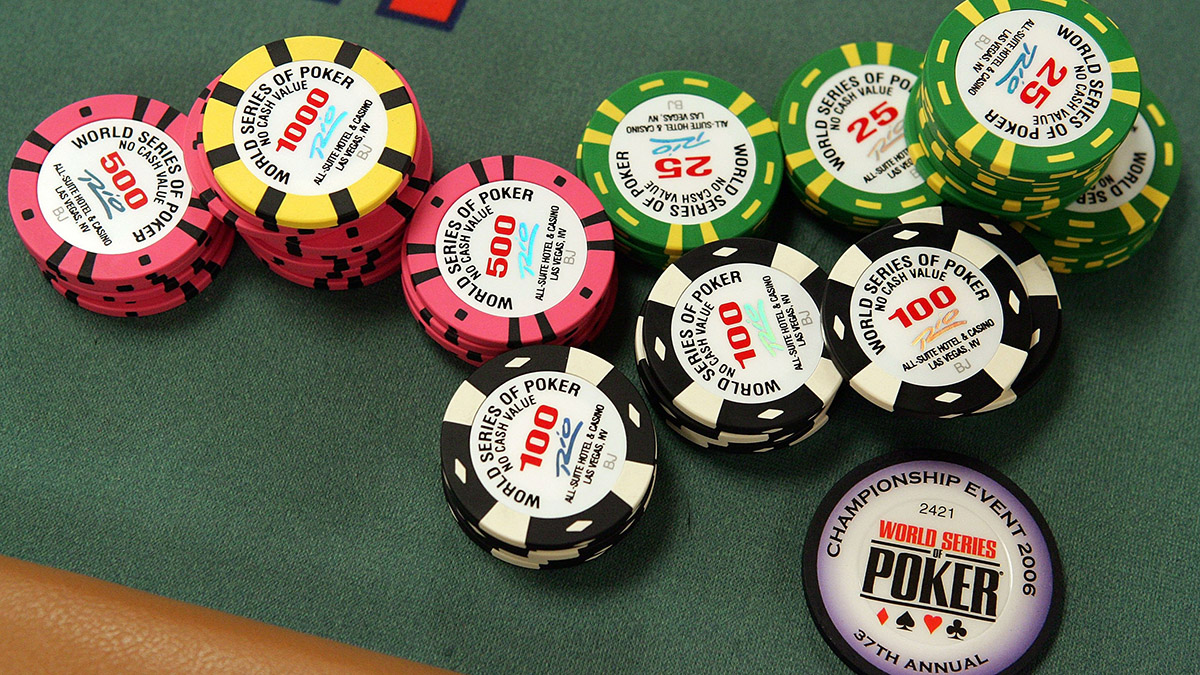Casino In Marion Il

| Casino at Marino | |
|---|---|
| Etymology | Italian casino, 'little house' |
| General information | |
| Location | Marino |
| Town or city | Dublin |
| Coordinates | 53°22′16″N6°13′37″W / 53.37124°N 6.22703°WCoordinates: 53°22′16″N6°13′37″W / 53.37124°N 6.22703°W |
| Completed | 1775 |
| Technical details | |
| Floor area | 50 feet (15 m) |
| Design and construction | |
| Architect | Sir William Chambers |
| Other information | |
| Number of rooms | 16 |
Wikimedia Commons has media related to Casinos in Illinois This page was last edited on 25 August 2020, at 23:41 (UTC). Text is available under the Creative. The Illinois Gaming Board (IGB) scheduled a special meeting for 10 a.m. Thursday, and Walker's Bluff is on the agenda. What is unclear is if the casino will get approval on Thursday. Find local listings of businesses and services near you. Get driving directions, reviews and ratings, phone numbers, addresses and more on Local.com. Find all Marion, IL Casino Operations Manager jobs at iHireHospitality.com. All Casino Operations Manager jobs available. If you blew all your offering money at the casino, you are welcome here. If you are inked, pierced, or both, you are in the right place. 2705 Walton Way, Marion.
The Casino at Marino is a folly located in Marino, Dublin, Ireland which was designed by Scottish architect William Chambers for James Caulfeild, the 1st Earl of Charlemont,[1] starting in the late 1750s and finishing around 1775.[2] It is a small and perfect example of Neo-Classical architecture, situated in the gardens of Marino House. Although proud of the design, Chambers was never able to visit the completed building, as he was constantly employed in England.
Name[edit]

The name 'Casino' is the diminutive form of the 18th-century Italian word 'Casa' meaning 'House', thus 'Little House',[3] and is not used in the modern sense of 'gambling establishment'. After his 9-year Grand Tour of Italy and Greece, Caulfield was taken with all things Italian, and decided to add a 'little house'[4] to his estate, which he had already named after the town of Marino in Lazio.[5]
Design[edit]

Casinos In Marion Il
Widely regarded as the most important Neo-Classical building in Ireland,[2] the Casino is actually quite small, measuring only fifty feet square to the outer columns. In plan, it takes the form of a Greek Cross with a pair of columns framing each projecting elevation. Seen from the outside, the building has the appearance of a single roomed structure, with a large panelled door on the north elevation and a single large window on each of the other elevations. This is all illusion, however, as it actually contains 16 rooms on three floors.[1] Only two of the panels in the door open to allow entrance, and the panes of glass in the windows are subtly curved, disguising the partitioning which allows what looks like a single window to serve several separate rooms.
Many other tricks are used throughout the construction to preserve the apparent simplicity of the design. Four of the columns which surround the building are hollow and, with a length of chain dangling in each, allow rainwater to drain down. The Roman funerary urns on the roof (designed by James Gandon) are used as chimneys.[6] The interior, by Simon Vierpyl, includes a basement level with a kitchen and associated rooms, a main floor with reception rooms and a top storey with servants' rooms and a State Bedroom. One of the rooms includes the Blue Salon. It includes a wooden parquet floor, with the Star of David in the centre, stucco work on the ceiling and a white marble fireplace. It contains some very fine plasterwork ceilings and some elaborate hardwood parquet floors.[7] Originally the Casino was linked to Marino House by a tunnel, although this has been blocked off due to building works in the area.

Gardens[edit]
The Casino is all that remains of the eighteenth-century garden demesne at Marino with the original Marino House demolished in the 1920s. Described by Charles T. Bowden in his Travel Guide of 1791 as a 'terrestrial paradise', the design of the landscape was inspired by Lord Charlemont's extensive Grand Tour.[8]
History[edit]
The tunnel at the Casino was used as a shooting range by Irish revolutionaries including Michael Collins in the 1920s.[9]
In the 1960s, a large portion of the land around the neighbouring O'Brien Institute was given to the Sisters of Nazareth for their Nazareth House, a residential home for the elderly. Archbishop John McQuaid organised the transfer of the land, and construction began on the new home months before planning permission was granted. The development was a significant encroachment on the previously unchanged environs of the Casino.[10]
References[edit]
| Wikimedia Commons has media related to Casino at Marino. |
- ^ abCasino, Marino on the Heritage Ireland websiteArchived 18 July 2008 at the Wayback Machine
- ^ abCasino, Marino on Irish-architecture.comArchived 10 June 2005 at the Wayback Machine
- ^Collins English Dictionary, 1999
- ^'Archived copy'. Archived from the original on 21 February 2014. Retrieved 7 May 2016.CS1 maint: archived copy as title (link)
- ^'Archived copy'. Archived from the original on 12 October 2016. Retrieved 7 May 2016.CS1 maint: archived copy as title (link)
- ^'Archived copy'. Archived from the original on 10 October 2008. Retrieved 5 August 2008.CS1 maint: archived copy as title (link)
- ^http://www.dia.ie/architects/view/5439/VIERPYL,+SIMON+*[permanent dead link]
- ^'Paradise Lost The Casino at Marino'. Archived from the original on 24 August 2017. Retrieved 5 March 2019.
- ^O'Braonain, Fiachna (10 September 2017). 'Episode 1'. Jingle Jangle. TV3.
- ^McDonald, Frank (1985). The destruction of Dublin. Dublin: Gill and Macmillan. pp. 10–11. ISBN0-7171-1386-8. OCLC60079186.